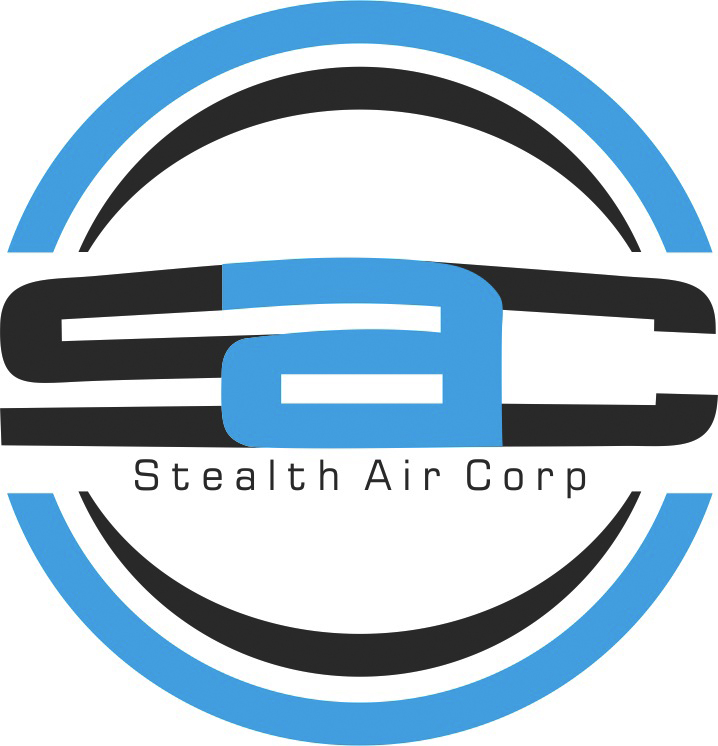Background
The oil and gas industry suffers from costly regulatory compliance measures. Oil and gas assets stretch far distances over massive amounts of real estate and despite environmental conditions, terrain and other challenging factors, these assets must be monitored on a regular basis by humans in all-terrain vehicles or by costly manned aircraft. Stealth Air Corp. offers the ability to automate the required monitoring process by way of employing precision landing and recharge capabilities. By strategically installing self-powered landing stations, electric unmanned aircraft can perform oil and gas monitoring using remote sensing equipment and autonomously re-charge at scheduled intervals. Unmanned aerial vehicles can carry your required sensor payload without any type of terrain restriction, at scheduled mission intervals and on-demand.
Benefits
Allows for regulatory compliance without the need for humans and human-driven vehicles
Increases the frequency of monitoring and reporting of events (i.e. methane leak event)
Removes the requirement for on-site, in-field data collection and replaces it with the convenience of remote reporting
Clear ROI based on known operational costs and scheduled reporting timelines
Industry Statistics
According to U.S. DOT, the global oil and gas industry spends $37 billion US dollars a year monitoring more than 6 million miles (9,656,064 km) of pipelines in the United States
2,175,000 miles (3,500,000 km) of total pipeline exists in 120 countries of the world
There are about 9,000 independent oil and natural gas producers in the United States
Federal government mandates in the USA and abroad require ongoing pipeline monitoring
Environmental Impact
Ongoing pipeline monitoring operations generally require gasoline-powered vehicles which contribute to atmospheric pollution. The use of electric-powered UAVs virtually eliminates these emissions.
Stealth UAVs are autonomously recharged via proprietary landing pad technology. Landing pads are solar-powered and self-sustaining, thus eliminating a carbon footprint.
Pipeline monitoring is required, in part, to identify environmental pollution caused by leaking or damaged equipment. Through an ongoing monitoring program, unmanned aerial vehicles can provide early detection of such issues.
Background
The electric unmanned aerial vehicle industry has observed significant technological improvements over the past decade. While improvements have been made to improving vehicle flight time and data capture capabilities, “autonomous” drones still require human setup, mission planning, launching and battery re-charging. Stealth Air Corp has developed a revolutionary, truly autonomous precision landing and re-charge method that allows for the continued, human-free operation of unmanned multirotor aircraft. Through a blend of patent-pending technology, proprietary firmware and proprietary software, Stealth has created a precision landing solution that surpasses any known alternative. This solution provides enterprises with the ability to collect data or provide persistent surveillance over long distances without the requirement for the UAV to return back to the launch site.
